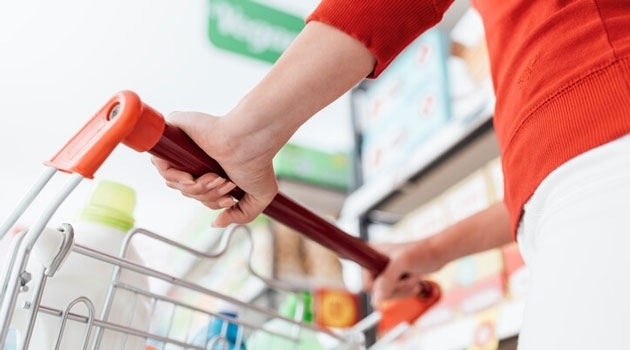This is how our consumption is shaped by recession
As a recession deepens, so households tighten the purse strings. The new car can wait as the fear of unemployment takes hold, while those already unemployed also cut back on nondurable goods. A new theoretical model allows us to predict how we will spend our money.
Economics. Photo: Hanna Weitz
“The model is intended to predict household consumption and savings decisions. While previous models have mostly examined nondurable goods, we have looked at both nondurable and durable goods,” says Erik Öberg of the Department of Economics at Uppsala University, who has developed the model in collaboration with colleague Karl Harmenberg of Copenhagen Business School.
In a study published in the Journal of Monetary Economics, they have utilised the model to investigate how household consumption patterns are shaped by recession.
“The model is based on statistical descriptions of household income. In this context, the most important thing is income insecurity as households are uncertain whether they will suffer unemployment. The results show that a number of factors play a role. During a recession, the consumption of nondurable goods decreases due to unemployment in the household, while purchases of durable goods mainly decrease because working households are concerned about keeping their jobs,” explains Erik Öberg.
Actual and expected income
Consumption patterns therefore follow both households’ actual and expected income. This is also reflected in demand patterns for the different categories of goods.
“Durable goods, primarily car purchases, mainly decline at the beginning of a recession, while the decline in nondurable goods is evenly distributed,” says Erik Öberg.
The model also predicts that households with small financial buffers are less inclined to purchase durable goods – in other words, they are less likely to go out and buy a car – while their propensity to purchase nondurable goods such as food, beverages or hygiene products increases.
Studying consumption patterns
The predictions the researchers were able to make based on the model proved to be in line with data collected regarding the actual spending and saving behaviour of households.
“The theoretical model is primarily intended for studying consumption patterns. We are hopeful that in future our research and our model can be used to study various economic policy measures. The model acts as a laboratory in which we can experiment with different interventions. The model can answer questions such as what the effects of economic stimulus packages, more generous unemployment benefits or increased tax breaks for those in work might be,” says Erik Öberg.
Annica Hulth
Publication
Karl Harmenberg, Erik Öberg, Consumption dynamics under time-varying unemployment risk, Journal of Monetary Economics. DOI: 10.1016/j.jmoneco.2020.10.004

